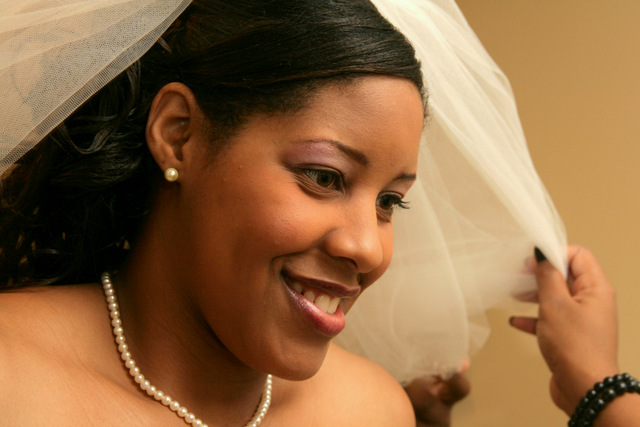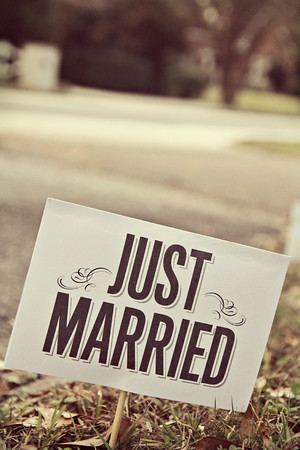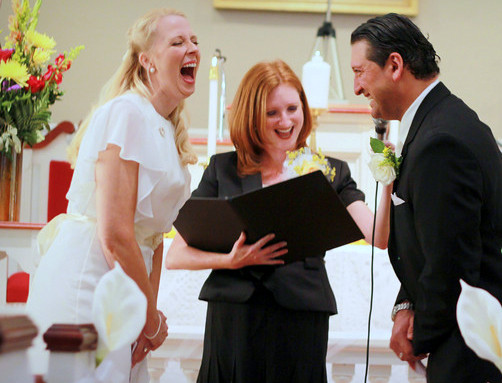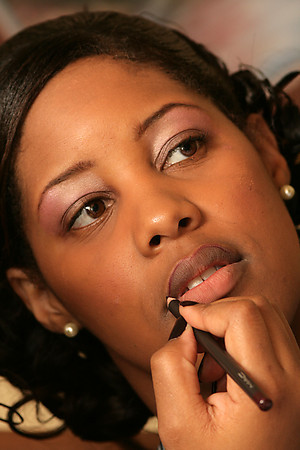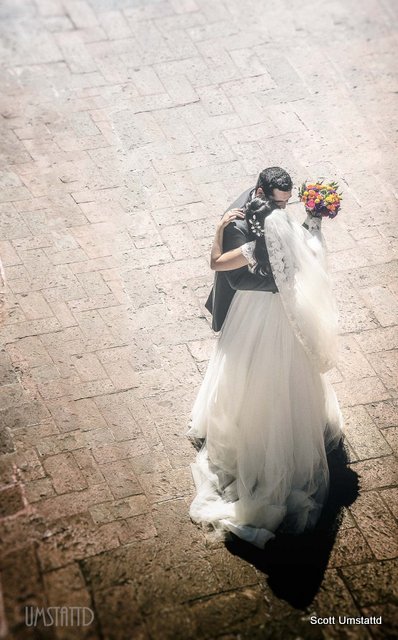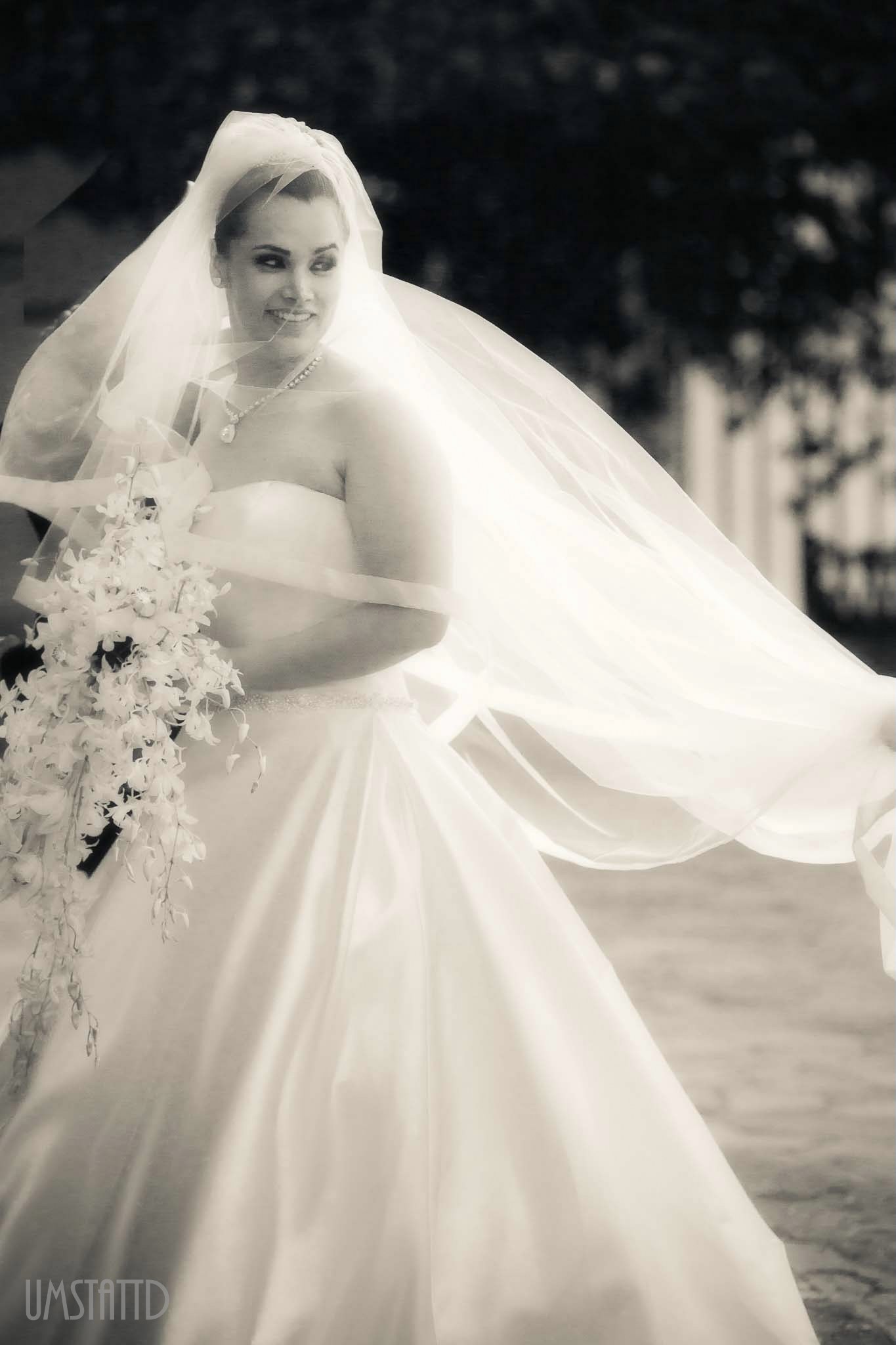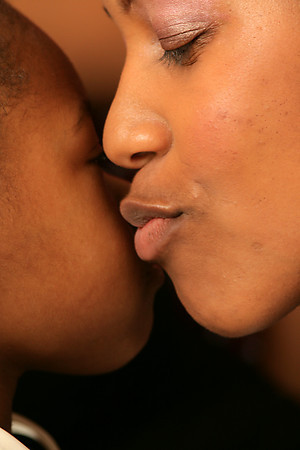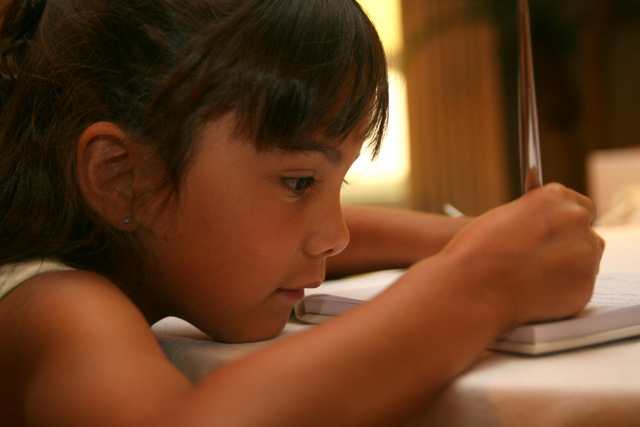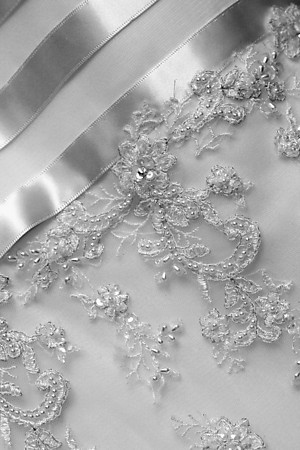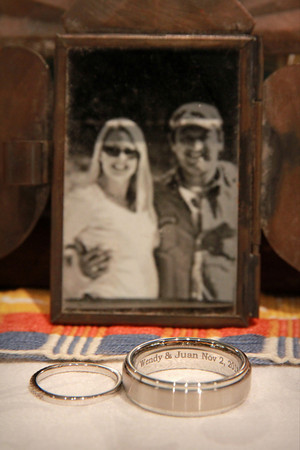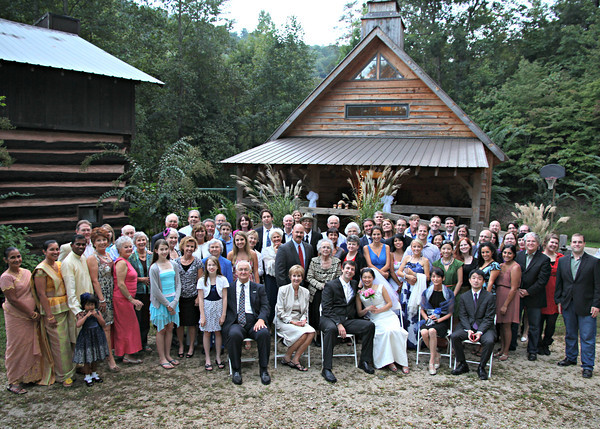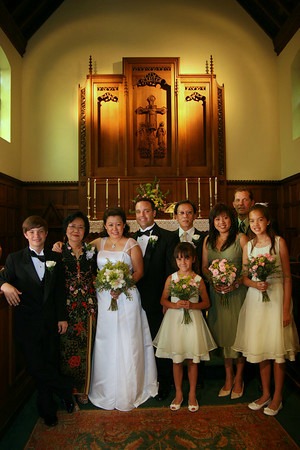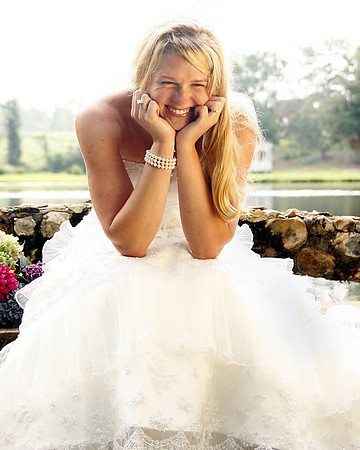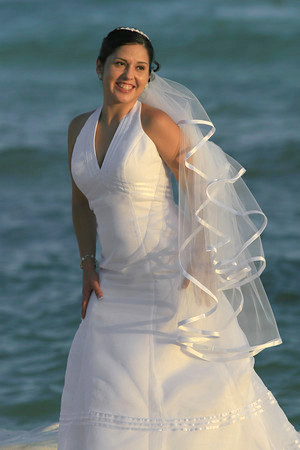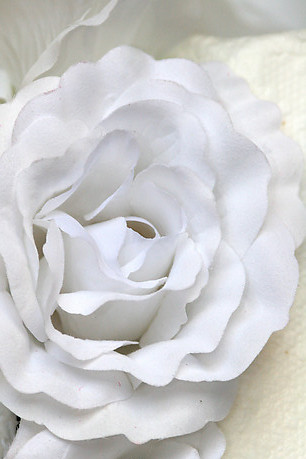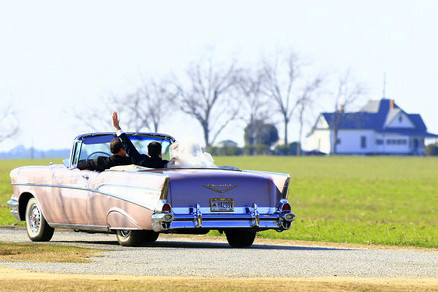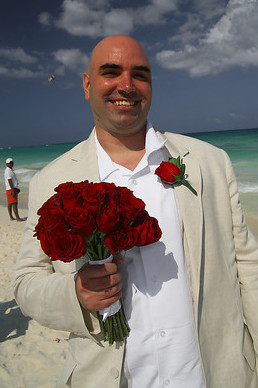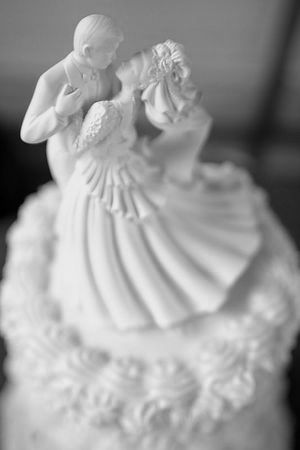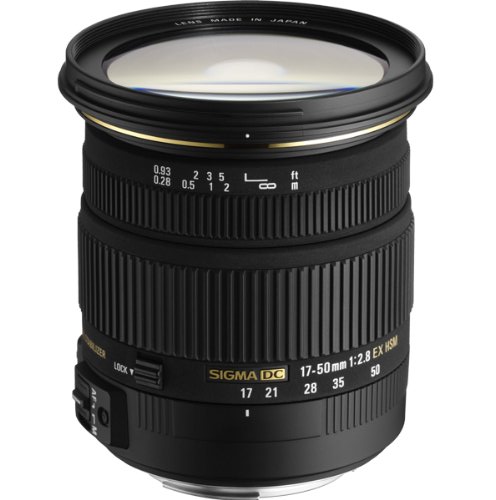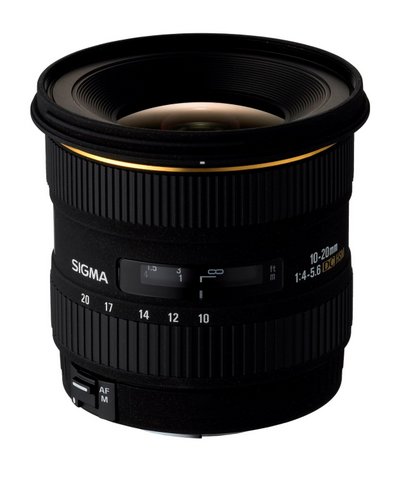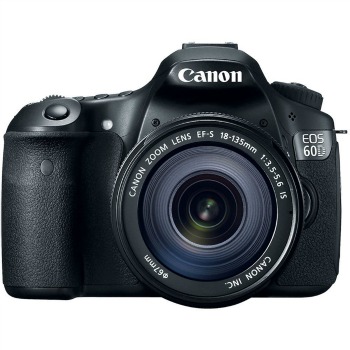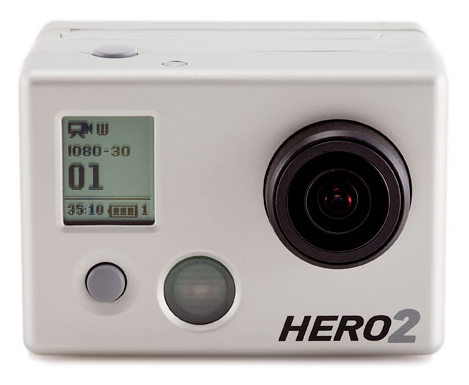Wedding Photography
Tips For Beginners
(Beyond The Lens)
By Scott Umstattd
All photos by Scott Umstattd
Wedding Photography Tips:
Wedding photography is a common way to earn money through photography. But you'll need more than the latest DSLR camera and a big lens to make the bride and groom swoon over your photos.
You need to have a plan, then prepare to deviate from that plan.
You have to be the kind of person that can command an audience. And, you need to stay calm even when everything around you is falling apart.
While it is true that much of today’s
photography equipment makes it easier to be a photographer (cameras
can do more and software can fix errors).
You still have to know when to press the shutter. And you need to know that you have the ideal exposure settings for constantly changing conditions.
You need to master low light photography. And then there's anticipating where you need to be. Not to mention keeping everyone else’s energy level up even if your's is drained.
These and so many more things go into wedding photography that simply having a great camera and a big white lens does not equate to great pictures.
Being a wedding photographer puts all of your photo skills, people skills and management skills to task. It is not an occupation for the faint of heart.
Here are some top wedding photography tips that go beyond your camera and lens choice if you are starting to shoot weddings.
Wedding Photography Tips |
#1 - Set Expectations And Earn Trust
Where can you walk during the ceremony?
Does the couple care if you are holding the camera over the preacher’s head?
Would they prefer you stand in the back of the room?
How much access will you have to the bride and groom on the wedding day?
Is there something special they have in mind for a group shot?
How many photos are they expecting to receive?
Is the wedding inside or outside?
What is the name and address of the church?
All important things to discuss before the wedding day.
Your first encounter with the couple and their wedding coordinators is the most important time for them to get to know you and vice versa.
This first meeting is critical because when the big day arrives they need to not only know that you will provide them with excellent pictures and memories of what may very well be the biggest day in their lives, the couple and those around them need to trust you.
When you talk to the couple prior to the wedding, sure, get the details, but also know that this is your time to gain their trust. Be their friend. Be one of their biggest supporters.
You, unlike the other slew of guests, may be the one person that stays with them throughout the entire process. From the dressing rooms to the backrooms to the aisle and to the reception, you may be the only consistent thing for them throughout their wedding day.
Trust will play a tremendous role in your ability to take control of any unruly situations. If they trust you they will listen to you. Their trust in you will allow the couple to be more relaxed in front of your camera, around their friends and family and with each other.
Let them know that you have things well in hand, even if in your mind you are worried about the changing lights, the timing of events and the colors of the bridesmaid's dresses. It is your job to make them feel at ease with you. Don't burden them with your conflicts over which lenses you will use or that your flash is kaput.
By earning their trust in the days or weeks leading up to the wedding, so many other things will fall into place much easier. And as a result they (and you) will have a lot more fun.
Wedding Photography Tips |
#2 - Have A Game Plan
When it comes time for you to begin pressing the shutter you should have your shots laid out: a picture of the bride getting dressed, a picture of the groom being teased by his best man, a picture with the immediate family, a photo of the location, a picture of the first dance, etc. Don’t go into this thing blind. You don’t want a group of wedding people staring at you as you try to figure out the next best shot.
Visit the location where the wedding will take place ahead of time instead of just showing up and hoping you find the best spots.
Find someone with the wedding planning team and have them show you around in advance of the wedding. Knowing what you want to get out of the wedding ahead of time will help to keep you focused.
Go to the venue at the time the wedding will take place before the wedding day to see what challenges will await you.
Pay particular attention to the exact spot where they will be joined in holy matrimony forever and ever. While they may be together forever, they will only be in that spot for a short time.
Is the sun going to help or hurt you? Is the sun even going to play a role at all? Are all of the lights high up in the rafters or are they going to be close to the couple? What is going to be in the background? How tall is the preacher, pastor, Justice of the Peace or whoever is leading the ceremony?
Look for areas that will provide a beautiful backdrop for the wedding dress. Find areas where the light is coming through windows soft and diffused and know that you will place your couple there when the time comes to take pictures after the ceremony.
Part of the reason someone is willing to give you money to take pictures is because you know what will look good and what will look not so good and what simply will not work at all.
You are well within your rights to make suggestions about lighting, backgrounds, candle placement, bride and groom movements, etc. This is why there are wedding planners.
All of these details are thought out ahead of time to avoid all bad things and highlight all good things. And this is why they have asked you to come on board. You are the photography expert. Try to guide everything to best serve your photos.
While you may not have the title of wedding planner, you are definitely part of the wedding planning team. Jump in and let them know what will work best for you. Sometimes you will get what you need.
Other times you will not.
Everyone is better served when you share what will work best for the wedding photos.
Just know when to say when and know that your concerns are not the only concerns to be considered.
This is all part of the planning process. Be an active participant. You want to deliver the best photos you can because you want (and need) for your pictures to be outstanding in every regard if you want the couple (and maybe more importantly, the wedding planner) to refer you to others. More about that in a bit.
Wedding Photography Tips |
#3 - Prepare For The Unknown
Plan all you want but you will either love this or hate this about wedding photography: you are not in charge and anything planned can go wrong.
You need to be prepared for people not showing up (or showing up late).
Watch out because the great sun light you saw in the room the day before could not there on the wedding day because it is now cloudy.
Have a KISS (Keep It Simple Stupid) list to fall back on if things get out of hand.
What are the 10 most important shots to have from this day?
Cover this as best you can in the planning process with the others who have responsible roles. Make sure they let you know what pictures are a must and which ones would be great to have.
Wedding photography is actually very much like documentary photography which is why I enjoy it. Yes, there are staged photos and yes you can ask people to "do that" again. But for the most part you are there to document the day the way it happened.
While you can't prevent the flower girl from dumping all of the flowers into one big flower pile instead of gently dropping them one by one as she walks down the aisle as was planned the night before, you have to be on your toes to get that shot because that will be something that everyone remembers.
Or maybe the comforting kiss to calm her down before her big moment that no one else saw.
Those unplanned moments often make for the best moments in any ceremony. Sometimes they can take the edge off and sometimes they can ruin the whole thing. If you are not watching everything at once you may miss it.
Stay on your toes and be a step or two or three ahead of everyone and everything. If you notice that the little flower girl is acting up in rehearsals or backstage be sure to follow her with great attention as she begins her march down the aisle. If you notice that one of the parents is emotional prior to the wedding, be sure to find them during the wedding to capture what the bride and groom (and maybe many others) did not see.
This is all part of your job as a wedding photographer. Everyone can't see everything and they are counting on you to fill in any gaps or stories they may have missed. And that leads up to the next tip.
Wedding Photography Tips |
#4 - Tell A Story
Your job as a wedding photographer is to do more than take the picture of the bride and groom as they turn to face their friends and family for the first time as a married couple.
You are the person who gets to tell the story.
Nobody hires a wedding writer.
To give your story more depth, shoot wide, medium and close up shots. This will give your wedding album texture and more meaning.
A close up shot of the bride’s father as he tears up dancing with his daughter will bring out the emotions of anyone who was at the wedding.
But don’t forget to show the entire dance floor with all of the other guests twisting and shouting.
Part of your job as a wedding photographer is to capture those moments that everyone may have seen but all saw differently. Look around you at all times to find decorative and informative items to photograph.
Of course, you are going to take pictures of the cake. But you can do more than that.
What color are the bridesmaids dresses? Look for more of that color and find ways to add it to your pictures.
This goes back to the planning stages.
Odds are the wedding planner or coordinator has taken some measure to make sure the flowers match the dresses and other decorations.
Look around for the themes that are predetermined and others present themselves.
You can create your own themes by taking a series of pictures with those in the wedding party doing the same thing.
For example, you can take a picture of each person sitting in the same chair or holding a special gift to be given to the couple later.
If you've worked it out ahead of time you can bring props for people to hold - something that is relevant to the couple, their history and their relationship.
Maybe they met in Hawaii at a coconut stand, bring some coconuts.
Find candle lights and flowers and look for ways to add them to the foreground or background. Get close ups of the couple’s rings.
Take detail pictures of the cake.
The wedding dress can be a character in this story as well. Be sure to get detail shots of the dress too.
While all of these design elements and themes are not the heroes of the story you are telling, they do provide a better understanding of what the wedding day is about, how it unfolded and what it means.
Detail shots add texture and help to set the mood of the story you are crafting.
Wedding Photography Tips |
#5 - The Group Shots
Don't forget to get pictures of the couple's family and friends. All of those "other" people are an important part of the story you are telling.
These are people that were invited to take part in and witness the couple's big day.
If something or someone is important to the bride and groom, it or they are important to you as well.
The group shots are how you show the entire cast of characters in your story. Group shots can be difficult because the ceremony is over (or about to begin) and everyone's attention is elsewhere.
This is your opportunity to take charge and show everyone that you know what you are doing. If you planned ahead, you already have a spot in mind for group shots.
This is a time to be delicate yet demanding.
You will need to move people around to find the best composition.
You will need to ask people to move their heads so that they can be seen or to prevent them from blocking someone else's face.
A great way to take group shots is to simply stand in a chair.
This can make it easier to get all the faces into your picture.
In some ways, this is your time to shine because you are now the master and commander and you have everyone's attention.
You are now part of the story. How you perform during the group shots may have a direct result on whether or not you get a referral to do another wedding.
The best chance you have to get another wedding gig is a referral from those people that saw you in action at someone else's wedding.
Of course, your pictures are important as well. You really want to nail your group shots because if people like the way you made them look, they will like you. Assuming you were a pleasure to be around.
One way to ensure that your group shots come out great is to use your flash.
Wedding Photography Tips |
#6 - Flash With Care
You probably won’t use your external flash during the wedding. That is something to cover in the planning stage.
But when you are outside taking pictures of people being social or when you have a group shot or when it gets dark and the party lights just aren't enough, having an external flash will ensure that the faces you are photographing are well lit and properly exposed.
Mastering flash photography takes practice. Only through trial and error will you learn.
If you have not mastered your flash for wedding photography, learning how to bounce the light from your external flash is a great place to start. You want to avoid pointing the flash directly at your subject’s face. This will give you flat, ugly, non-wedding light. Your built-in flash will be pointed directly at your subject's face which is why it's better to have an external flash.
You can avoid uneven or unflattering shadows on faces by using your flash, even when you are outside on a sunny day.
The technique is called fill flash.
This is particularly useful when taking pictures outside during the mid-day hours when the sun is directly overhead.
When the sun is directly overhead it will cause shadows to be cast over your subject's eyes and eyes are a pretty important part of the face.
Popping a little extra light on faces, even in sunlight, will help to ensure that you have an even exposure across the entire face.
In this instance, it may be suitable (even necessary) to aim your flash directly at your subject(s).
Ideally, you want to take pictures outside at sunset when the sun's light is being cast from the side and not from above.
Whenever I am taking pictures outside at a wedding, I have my external flash with me. Sometimes I need it. Sometimes I don't. But I never want to be caught without it.
Wedding Photography Tips |
#7 - Your Next Client
Weddings beget weddings which beget more weddings. The absolute best way to get a job as a wedding photographer is to be caught taking pictures at someone else’s wedding. Look around you and listen to conversations.
If you hear of another upcoming wedding, do what you can to get some extra photos of those that may have influence on deciding the wedding photographer. Or, you may even try the direct approach and give them your card.
While you are working you are at your most employable state. Exploit that, but do it respectfully and gently. The wedding reception is not your time to simply walk around handing out your business card.
Wedding Photography Tips |
#8 - Be A Nice Person
How long do you think you are going to be taking pictures at people’s weddings if you are a pain to be around? Know when to keep your mouth shut and just nod politely.
This may prove to be easier said than done. Some wedding planners will be hard to work with.
Sometimes guests will tell you the best way to shoot the group shot. You may be bombarded with all kinds of things that can cause you to lose focus.
People may sit in judgement of you as you are working. Your equipment will eventually fail you at some point. So, many things can and will go wrong. But through it all, you have to be a nice person. People will definitely remember that about you.
If you are not a nice person, you can waive goodbye to any chance of getting a wedding referral from the bride and groom, their wedding guests, planners, coordinators or their pastor.
Wedding Photography Tips |
#9 - Don't Forget The Groom
Yes, the bride of often the focus. Her dress. Her hair. Her shoes. Her makeup. Her bridesmaids. Her jewelry.
All of these things tend to get lots of deserved attention at weddings. But don't forget, two people are being joined together.
Remind yourself to find the groom and get plenty of pictures of him as well. While the groom may shy away from the camera more than the bride (I am being very judgmental, I know), odds are the groom is still interested in seeing himself looking good when the photos are shared with everyone.
Remember, you are a storyteller. Their are two heroes in every wedding. Be sure to give each plenty of attention.
Wedding Photography Tips |
#10 - Be A Multitasker
A wedding photographer has to be a multitasker.
Weddings can be ferocious and they can be as gentle as a summer breeze. No matter what type of wedding you encounter you will be doing many things at once.
Guests who don't know if there is a vegan option at the reception may turn to you to answer their question. Other people may need directions to the reception hall. Don't be surprised if people ask you where the closet bathroom is.
You are part of the wedding team and people will come up to you with all kinds of questions, requests and comments. Don't ignore them. Do your best to help them. Assume you have a sign on your back that says, "May I help you?"
Weddings can be an "everything at once" experience. From crying to laughing. From sunny to rainy. From tipsy to drunk. You will likely encounter all that humanity and the elements have to offer. Stay calm. Remain present in the moment. But think ahead. Stop a problem before it becomes a problem.
You have to maintain all of this while ensuring that the lighting is right, the camera settings are right, the lenses are clean, nobody has food in their teeth, your batteries are charged, your SD card has space, your flash has batteries, your back up camera is working…
Bonus: Wedding Photography Lenses
There is something special about photographs that come from high end lenses. It is true, you do not have to have great equipment to take great pictures.
But to consistently shoot stunning photographs under the pressure of repeated once-in-a-lifetime moments, having lenses that focus fast and perform great in low light will save your butt on every shoot.
Cameras will come and go. Invest well in your lenses.
If you are serious about wedding photography you may want to get some of these lenses to help you get through almost any situation:
Canon Lenses
Canon 70-200mm f/2.8L USM IS - this lens is the world leader in overall awesomeness for zoom lenses. But be forewarned, you will not sneak around with this big white lens. Everyone will see you coming. And everyone will remember you for the photos you gave them in the end.
Canon 17-55mm f/2.8 IS USM - The Canon 17-55mm f/2.8 is a great lens that covers a well used range. But the 17mm wide side may not be wide enough.
Canon 10-20mm f/3.5 USM - If you want to ensure that you cover your wide shots, this is your lens.
Sigma Lenses
Sigma 70-200mm f/2.8 EX DC OS HSM - this is an excellent lens at half the cost of its Canon counterpart. Plus, it's smaller and easier to hold onto all day.
Sigma 17-50 EX DC OS HSM - another excellent lens from Sigma. Again, its less expensive than its Canon counterpart and again, it's smaller and easier to carry around.
Sigma 10-20mm f/3.5 EX DC HSM - Sigma makes good lenses that are less expensive than Canon. This lens is no different. Having this lens around will let you capture your wide shots with confidence.
Wedding photography tips
Here's some important wedding photography tips from GetMarriedTv.
